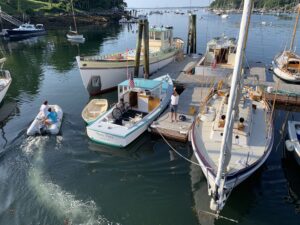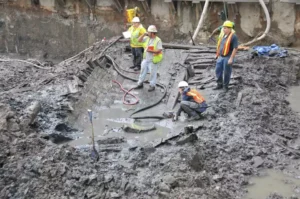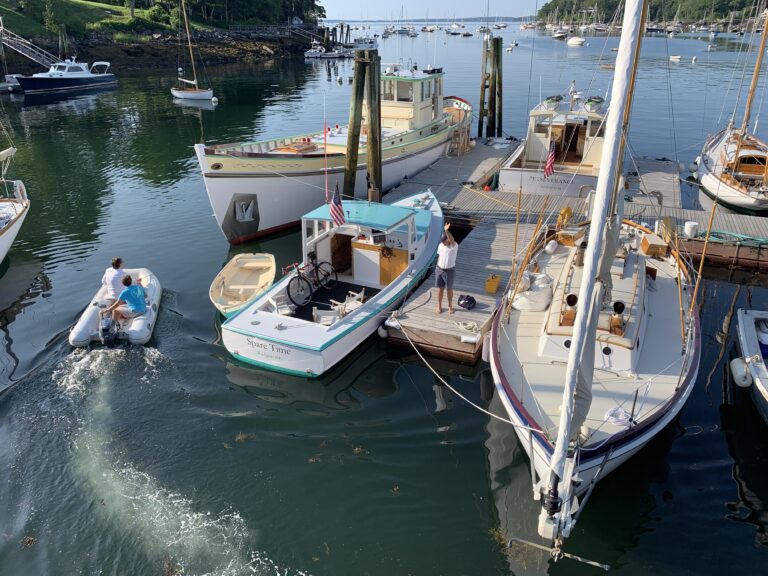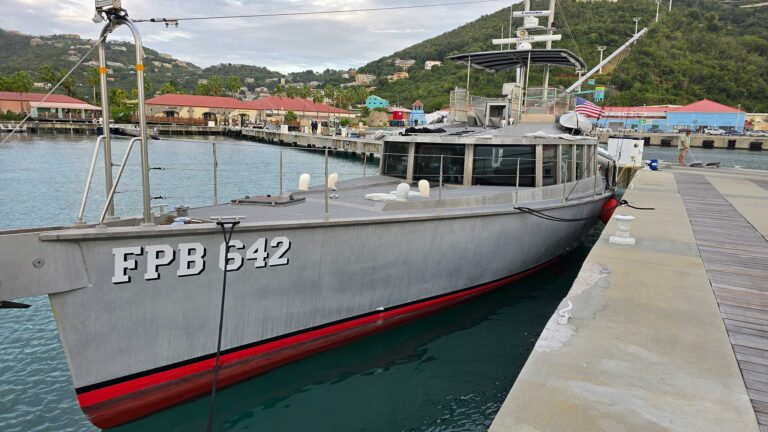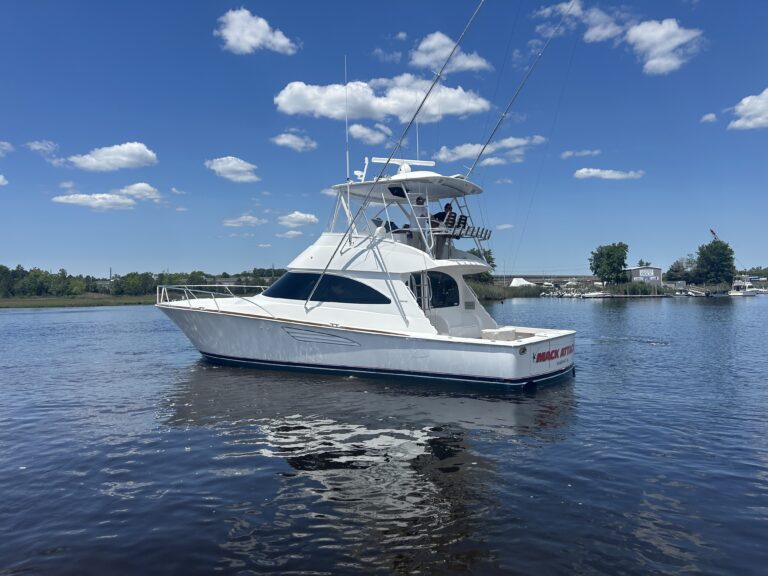
Built in 1928, the Conowingo Dam harnesses the power of the Susquehanna River—the single largest freshwater tributary on Chesapeake Bay. The dam normally does its work quietly, preventing downstream flooding and generating power for electric customers in Philadelphia, Pennsylvania. But lately, debris from behind the dam is causing widespread problems for downstream boaters.
“I had to cancel a week’s worth of fishing charters,” said fishing guide Tom Weaver in August. “You couldn’t even get out of Back Creek; the whole mouth was blocked by logs, trees, five-gallon buckets and all sorts of trash. There’s still a ton of stuff floating out there, but at least we can go fishing now.”

The City of Annapolis in late July had to enlist help from the Department of Public Works to clean up the mess, as a northeast wind pushed the debris from the open Chesapeake Bay into Annapolis Harbor. Bobcats and front-end loaders hauled away many thousands of pounds of debris. Waterfront communities in the area had to order construction dumpsters to haul away debris littering their beaches.
Occasionally, excessive rain in the watershed forces operators to open up a series of flood gates to avoid water topping the dam. These “releases,” as they’re called, go largely unnoticed. But record-setting rainfall in July and August, as well as rain from the remnants of Hurricane Florence, forced operators to open as many as 12 flood gates, sending millions of pounds of sediment and debris down Chesapeake Bay.

Weaver and the City of Annapolis may be in for more headaches after the dam’s owners announced additional releases from the dam in late September. As of this writing, between seven and 10 flood gates were open, thanks to rainfall from the remnants of Hurricane Florence. Boaters on the bay are waiting and watching to spot a possible repeat of July and August’s debris tsunami.
Conowingo Dam has been in the crosshairs of environmental groups and Maryland state government for years. They claim that 90 years of sediment and debris have filled in behind the dam, and that this mound of pollution is so high that the dam can no long prevent it from being washed downstream. The state of Maryland and Exelon, the dam’s owner, are currently involved in litigation over the mess.
(d.getElementById(id)) return; js = d.createElement(s); js.id = id; js.src =
'https://connect.facebook.net/en_US/sdk.js#xfbml=1&version=v2.12'; fjs.parentNode.insertBefore(js, fjs); }(document, 'script', 'facebook-jssdk'));


